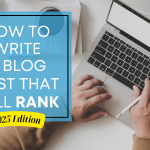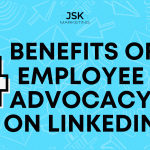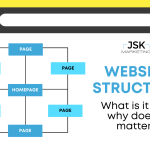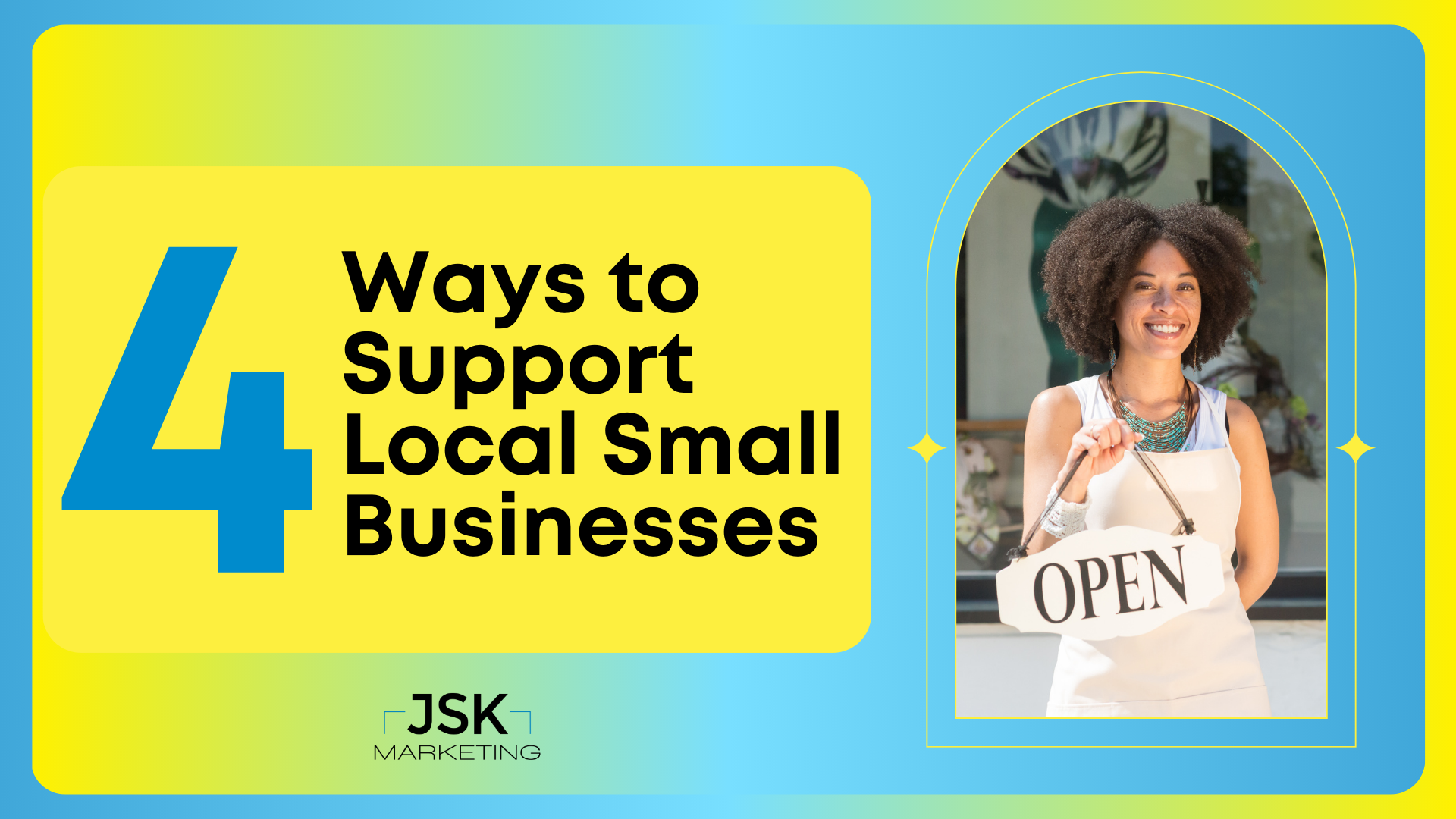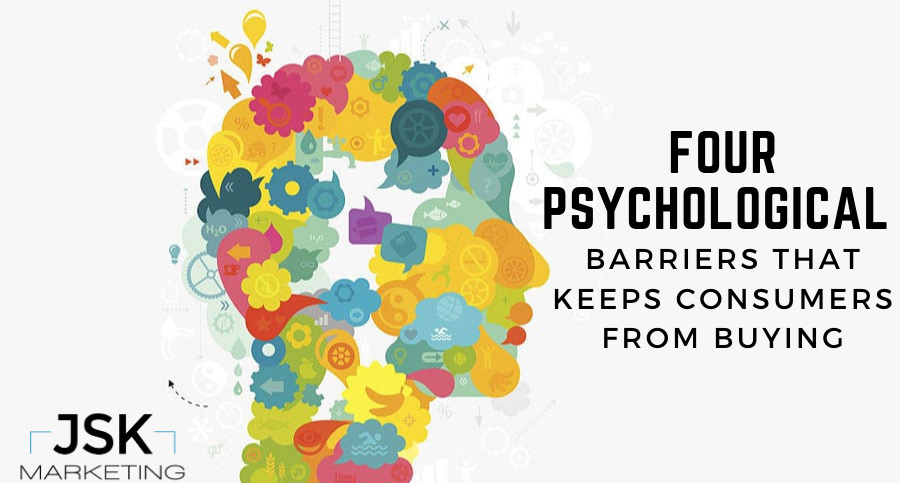
Do you feel that your business is lacking engagement from customers? There are four types of psychological barriers that your potential clients may have when it comes to filling out a form on your website, making an online purchase, or giving you a call. These four barriers are cynicism, skepticism, procrastination, and price. Each of these barriers is reasons customers may not buy your product or service. It is important to know the psychology behind what helps customers purchase to ensure you leave no room for customers not to purchase. This blog will help define these four psychological barriers and help you understand how to address them.
Cynicism Barrier
People, who have the cynicism psychological barrier often ask themselves “Do I need this product/service?” This barrier is apparent when the person you’re pitching to doesn’t believe he or she has a problem to solve right away. If this type of consumer doesn’t immediately get WHY they should care when they visit your website, read your blog, or see an ad, they will just click away from or skim over it. In order to get this type of consumer to care, you might have to work a little bit harder.
It is important to align your products and services with a problem or desire your prospects actually care about. One way to do this is by identifying your prospect’s pain points. They will more likely give your business a chance when they see HOW what you sell satisfies their problems or wants. In order to gain a cynical consumer as a customer, you must build trust. Establishing your business as an authority in your industry and sharing customer reviews on your website are great ways to help build that trust with this type of consumer.
Skepticism Barrier
People, who have the skepticism psychological barrier often ask themselves “Does this product/service actually work?” There are two types of objections that skeptical consumers often face — feeling-driven objections and thought-driven objections. It is your job to make these prospects overcome these objections in order to have them go through your sales process. Feeling-driven objections are objections that come from emotions. Consumers that are skeptics say to themselves “It doesn’t feel right.” It is your job to take this objection and turn it around into an opportunity by showing them a solution. Thought-driven objections, for example, make the consumer say “It seems too risky.” It is important to validate their point of view and come up with a solution that reminds them that your business has a product or service that can address their problems or add significant value to them.
Trust is the biggest barrier for skeptic consumers. They might doubt your company’s expertise or track record. Skeptics already want what you’re selling, but they are not sure if they can trust you just yet. In order to do that, it is your responsibility as a business to show them why or how they can trust you. Offering proof that your product or service works and how they can get the results they want by buying is the key way to transform skeptics into customers.
Procrastination Barrier
People who have the procrastination psychological barrier often ask themselves “I can always buy later… what’s the rush?” For whatever reason, they don’t see why purchase from your business has to happen right now, so they put it off. Scammer tactics such as stating there is only one more item left, for example, makes consumers feel too pressured and manipulated. If someone finds out these tactics are a lie, it could potentially ruin your business’s credibility. This may work for some companies, however, this is not the best way to make a procrastinator buy from you. A better way to make a procrastinator go through your sales funnel is by showing them how acting now is to their benefit. By giving these types of consumers an incentive when they buy your product or service now, they are likely to act faster than they would have without that incentive.
Price Barrier
People who have the price psychological barrier often tell themselves “It costs too much.” When it comes to pricing your product, it can be very difficult to feel confident in knowing what feels right in the eyes of your consumer (and versus your competition) and what they’ll be willing to pay. It can be even more difficult to know how an increase or decrease in price could affect your sales/profit. Consumers with these barriers are looking for a reason not to buy, therefore it is critical you show them the reasons they should buy a product or service from you. Showing them the value of what you offer and the return on investment they will get after purchasing from you is a great way to combat price barriers. Products and services frequently have customary prices in the minds of consumers. A customary price is one that customers identify with particular items. If you do the math on how much your service or product actually costs and share that with your prospects, then they will likely drop the price objection and buy from you.
Whatever industry your business may be in, you are more than likely to encounter prospects or consumers that will have one or more of these psychological barriers. It’s important to focus on how each of these barriers can be addressed and switch up your marketing campaigns, website, blog posts, or advertisements accordingly. In order to create those conversions and see a boost in profit and customer acquisition, it is your job to help these types of consumers see why your product or service is the right solution for them.
If you’re trying to turn your prospects into customers and need help doing so, contact JSK Marketing today! Visit our website for more information on the services and solutions we can provide for your business.
